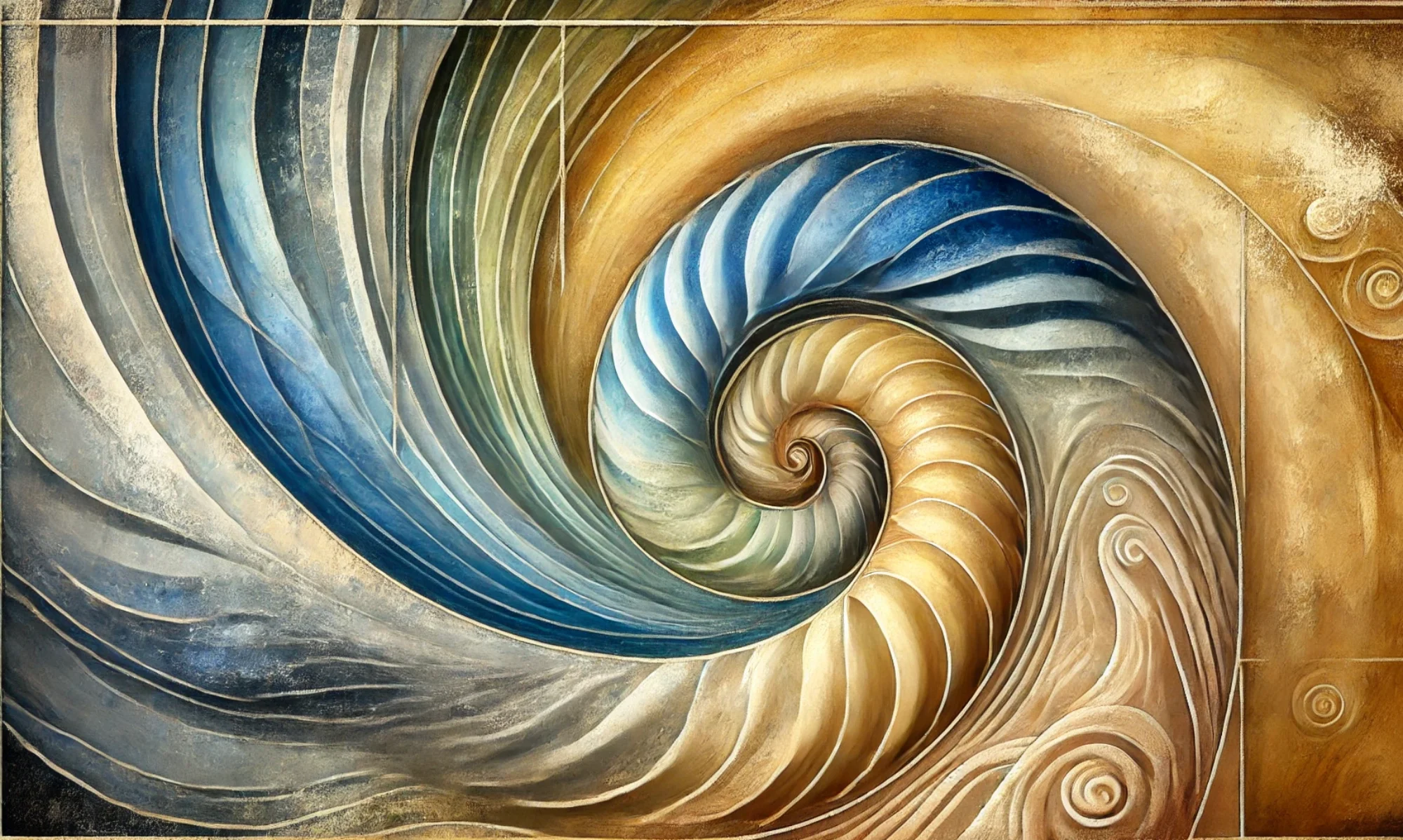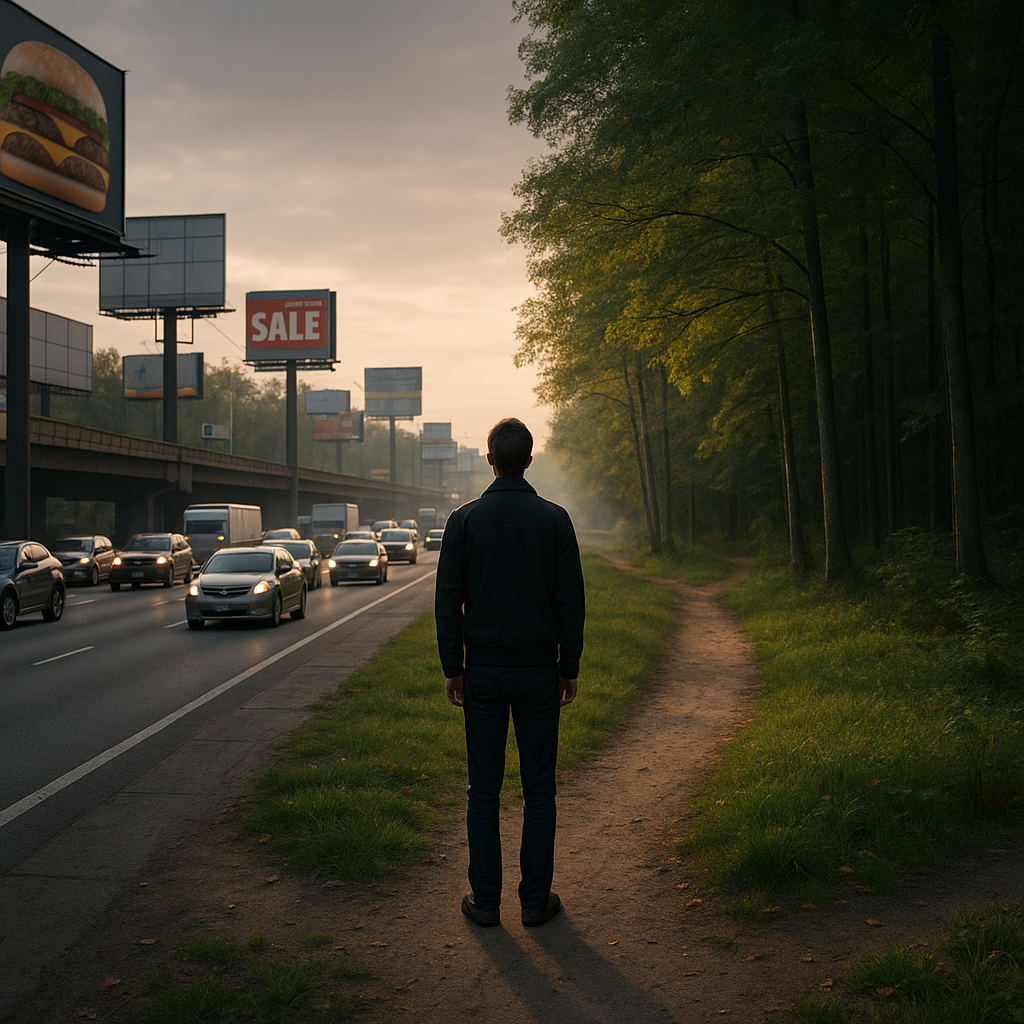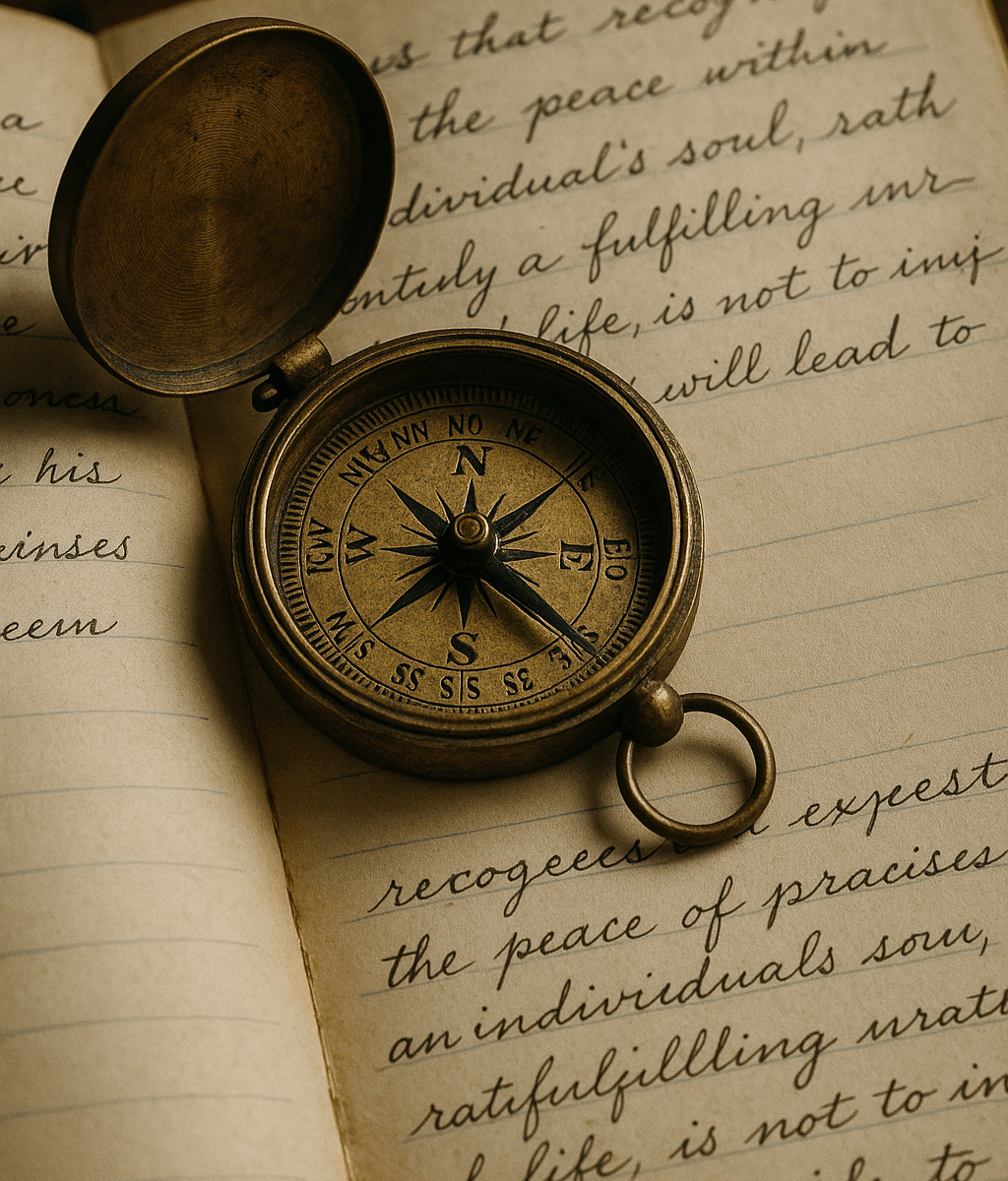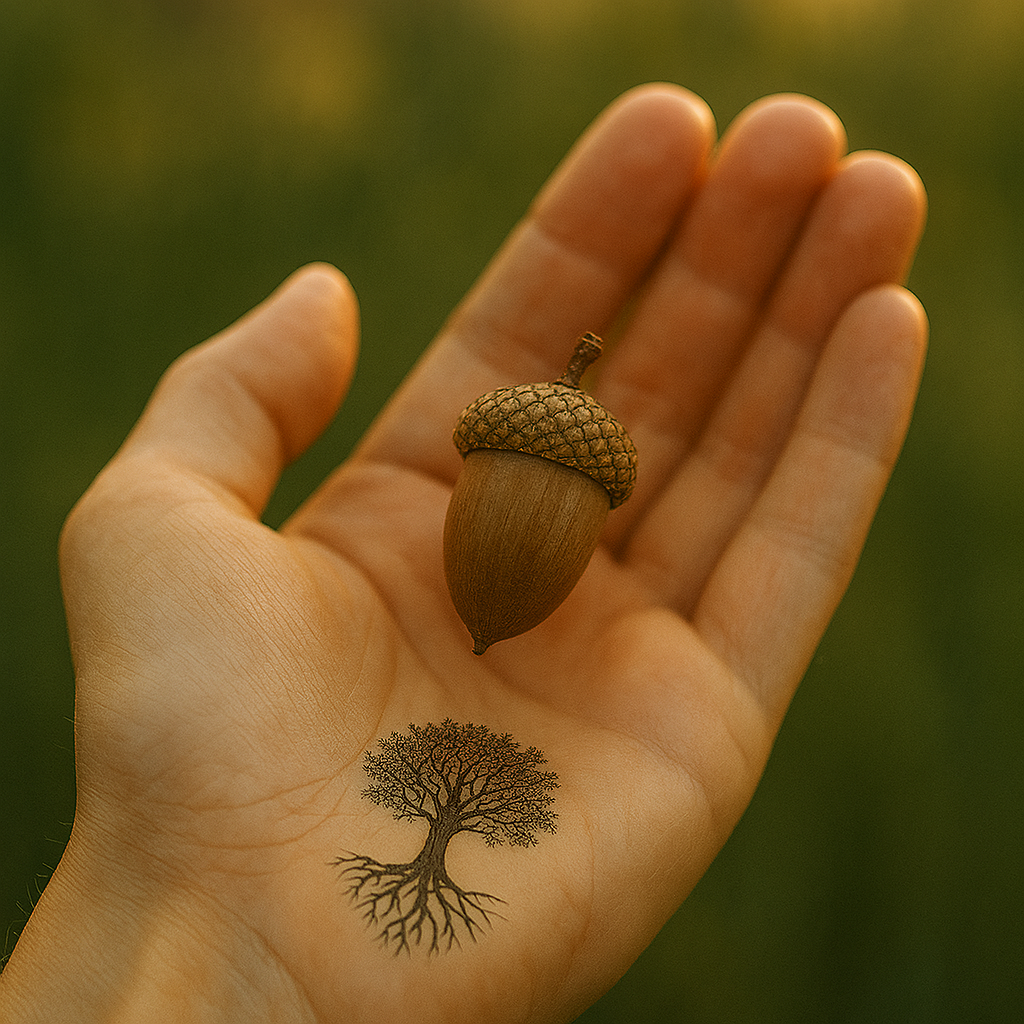How it shapes the way we think and live
Have you ever felt like success, work, and even personal growth are measured by standards that don’t quite feel right to you? That there’s an invisible force pushing you to always be productive, achieve more, and compete – even when it’s exhausting? This isn’t just personal; it’s systemic. It’s the result of what we can call the dominant paradigm – a set of deep-rooted cultural assumptions that shape how we see the world, often without us realizing it.
This paradigm is so ingrained that it feels like common sense rather than a specific worldview. But when we start to examine it, we can begin to see its impact on our sense of self, our relationships, our work, and our search for meaning.
Prefer to watch or listen instead of reading? Here’s a short video version of this article, covering the same ideas in a more visual format
What Is the Dominant Paradigm?
The dominant paradigm is the prevailing system of beliefs, values, and assumptions that shape Western industrialized societies. It tells us what is valuable, what is “normal,” and what a “successful” life looks like. While it includes capitalism, it is not only about economics. It is a mindset rooted in several interwoven ideas:
- Productivity = Worth → Your value is measured by how much you produce and achieve.
- Growth = Success → More is always better. Expansion, accumulation, and bigger goals define progress.
- Individualism Over Community → Prioritizing personal success over collective well-being.
- Separation from Nature → The natural world is seen as a resource, not as something we are inherently connected to.
- Linear Progress → Life is expected to be an upward climb toward clear, measurable goals.
- Rationalism Over Intuition → The scientific, logical, and material take precedence over the emotional, spiritual, and relational.
These assumptions have shaped our institutions, economies, education systems, and even our inner lives. But they are not universal truths – they are cultural constructs that have been reinforced over centuries.
Where Did the Dominant Paradigm Come From?
While elements of this paradigm have existed in different forms, they were largely solidified through:
- The Scientific Revolution (16th – 17th centuries) → A shift toward seeing the world as something to be understood, controlled, and manipulated.
- The Industrial Revolution (18th – 19th centuries) → Efficiency, mechanization, and mass production became core values.
- Colonialism & Capitalism → Extractive economies that prioritized expansion, competition, and commodification of labour and land.
Over time, these forces combined to create a worldview that sees the world, and even human beings, as resources to be optimized, controlled, and extracted from.
How the Dominant Paradigm Shapes Our Lives
This paradigm influences almost every aspect of how we think, work, and relate to one another:
1. Work & Success
- The belief that your worth is tied to your productivity leads to burnout and self-doubt.
- People feel pressure to monetize their passions or turn every skill into a marketable service.
- Rest and leisure are often seen as laziness rather than necessary for well-being.
2. Relationships & Community
- Hyper-individualism creates loneliness and weakens social bonds.
- The idea of “self-sufficiency” can prevent people from asking for help or relying on community.
- Relationships can become transactional, measured by what we get out of them rather than deep connection.
3. Spirituality & Meaning
- Purpose is often defined in economic terms – what career you have, what legacy you leave -rather than intrinsic fulfilment.
- Many ancient wisdom traditions emphasize cycles, rest, and reciprocity, but these ideas are often dismissed as impractical.
- A disconnection from nature leads to a loss of deeper belonging and soulfulness.
4. The Environment
- The natural world is treated as an endless resource for human use, rather than as something we are part of.
- The idea of “progress” is often linked to economic expansion, even when it harms ecosystems and future generations.
Can We Think Beyond the Dominant Paradigm?
This paradigm is not inevitable. It was created over time, which means it can also be changed. Many thinkers, indigenous traditions, and regenerative movements offer alternative ways of seeing the world – ones that prioritize connection, balance, and sustainability over endless growth and competition.
In future articles, we’ll explore specific aspects of this paradigm in more depth – how it shapes our sense of purpose, our relationship with work, and our ability to find meaning beyond productivity. Most importantly, we’ll look at what comes next – how we can begin to step outside the dominant paradigm and reimagine a more soulful, interconnected way of living.
Reflection Questions:
- Which parts of the dominant paradigm feel most present in your own life?
- Have you ever questioned ideas of success, productivity, or individualism? If so, what did you discover?
- What alternative ways of thinking and living resonate with you?
By becoming aware of the water we swim in, we can begin to step onto dry land and see new possibilities.
If you’ve ever felt like the world’s expectations don’t quite align with your deeper sense of meaning, you’re not alone. The Soulful Path to Life Purpose programme is designed to help you step outside these societal norms and reconnect with what truly matters to you.
After exploring how the dominant paradigm shapes our ideas of success and meaning, the next article dives into one of its most pervasive expressions – the belief that our worth is defined by constant productivity.
This article is part of the series Beyond the Dominant Paradigm. You can start from the beginning with the introductory article.
Continue to the next article in this series: The Productivity Trap
If you’d like to continue exploring how to step outside cultural expectations and reconnect with what truly matters, you can download my free guide Walking the Soulful Path when you sign up for my monthly newsletter.
For more perspectives and inspiration, you might also enjoy my Cultural Shift book reviews theme, where I highlight authors who are reimagining society and pointing toward more life-giving possibilities.








